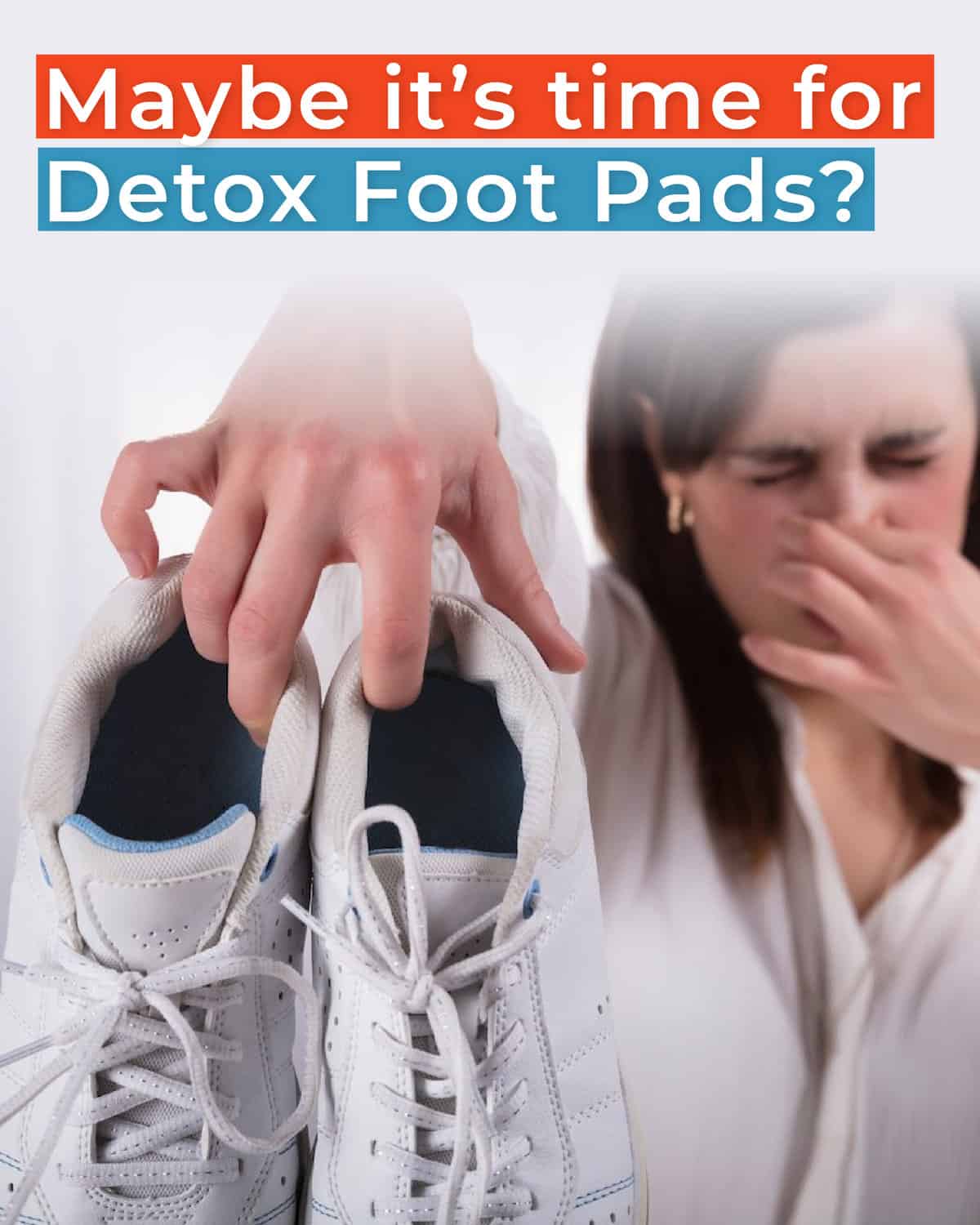Athlete’s foot condition is itchy, burning, and more common than you think. Research reveals that it affects a significant portion of the population, estimated to range from 3% to 15%, which means you are not a lone sufferer.
Dermatophytes, fungal culprits behind athlete’s foot, don’t discriminate between an athlete and everyone else; they infect anyone exposed. Highly contagious, this condition readily spreads, making vigilant prevention crucial.
But fear not, fellow foot sufferers! Relief is closer than you think. Dive into our roundup of 14 home remedies, from pantry staples to soothing soaks, and conquer this fungal infection for good.
Table of Contents:
14 Home Remedies
Home remedies prove highly beneficial for mild to moderate athlete’s feet, while severe cases warrant professional medical attention. Here, discover effective remedies to alleviate this condition.
1. Detox Foot Patches
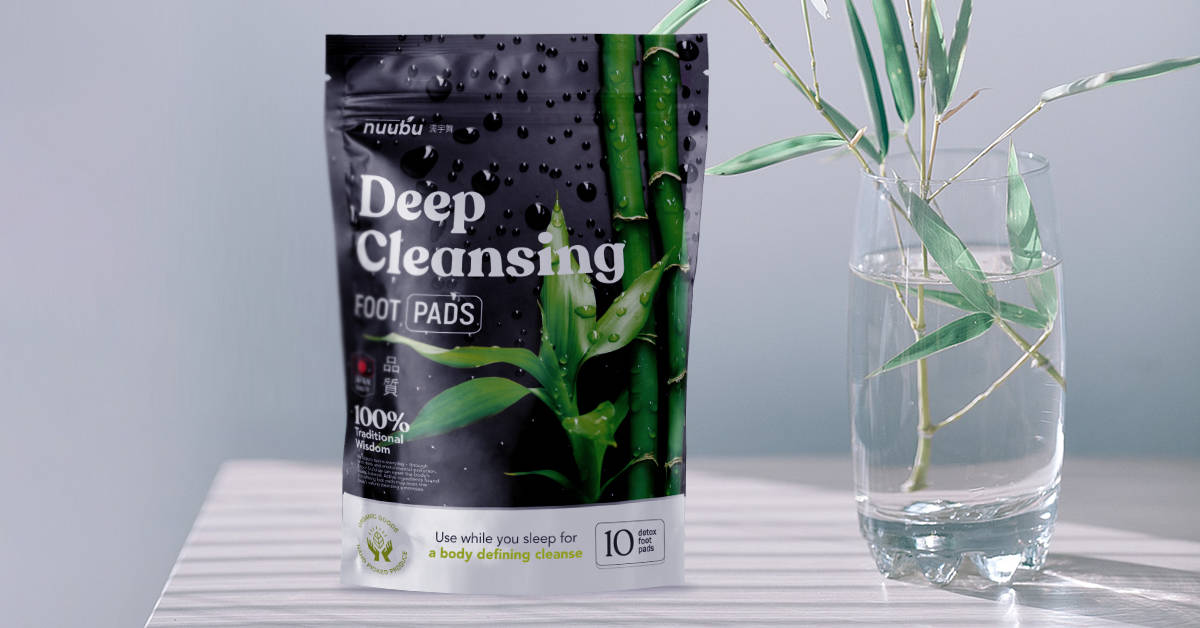
Detox foot patches are a wonderful option for those seeking relief from athlete’s foot discomfort while enhancing foot health naturally. Thousands of detox foot pads reviews praise their efficacy in enhancing overall well-being and relieving foot discomfort. By utilizing gentle, natural ingredients, these patches draw out toxins through the soles of your feet while you sleep.
Nuubu detox foot patches are highly acclaimed for their effectiveness. Bamboo vinegar in these pads is a gentle yet effective antibacterial agent, addressing the fungus causing athlete’s foot, while tourmaline boosts circulation and reduces inflammation. The addition of mint and lavender extracts provides a refreshing sensation and tackles foot odor with ease.
Together, these elements create a harmonious blend that works to combat athlete’s foot symptoms without invasive measures. For best results, incorporate these patches into your nightly routine for several consecutive nights and feel the difference firsthand in your athlete’s foot symptoms.
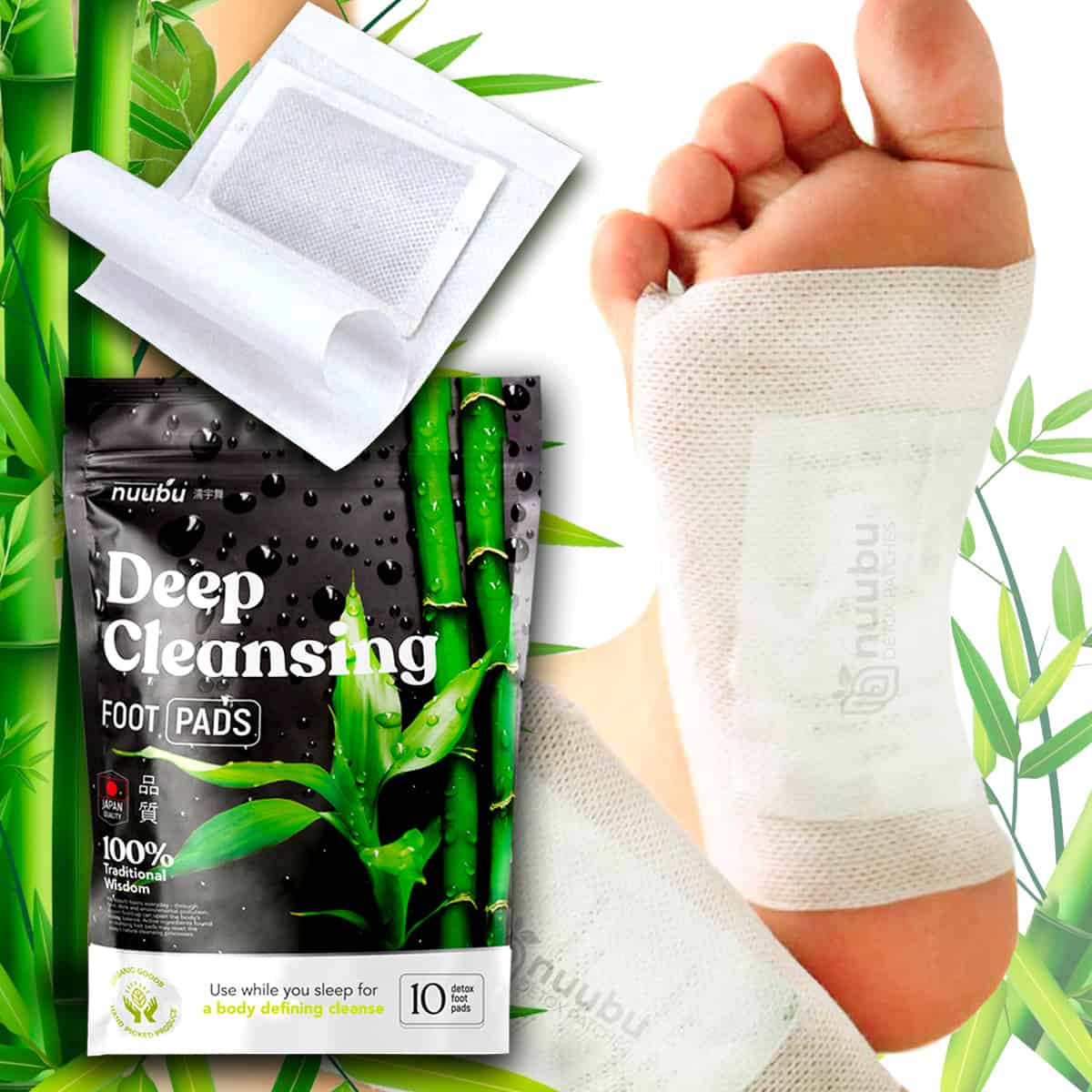
Extracts toxins from the body through soles. Made of natural ingredients like bamboo vinegar and lavender. Fights foot odor. Effectively reduces inflammation.
Check Price >>2. Tea Tree Oil Treatment
Tea tree oil is a popular home remedy for athlete’s foot. It has anti-fungal and antibacterial properties that can kill the fungus and prevent it from spreading. It can also reduce the symptoms of itching, burning, and inflammation.
To use tea tree oil for athlete’s foot, you can apply a few drops to a cotton ball or pad and place it between your toes or on the affected area. Leave it for 30 minutes and then discard it. Repeat this 2 to 3 times a day until the infection clears.
If you have sensitive skin, mix tea tree oil with a carrier oil, such as coconut oil, in a ratio of 25 to 50 percent. Massage the oil mixture into the affected area twice a day until the infection is healed.
Cautionary note:
Tea tree oil may cause allergic reactions in some people, such as rash, itching, swelling, or burning. If you experience any of these, stop using it and consult your doctor.
3. Vinegar Soaks
Vinegar, particularly apple cider vinegar and white vinegar, possesses antifungal properties. It contains acetic acid, which can help inhibit the growth of fungi, including those responsible for conditions like athlete’s foot.
To make a vinegar soak, you can use 1 cup of vinegar and 2 cups of water. Soak your feet for 10 to 20 minutes. Repeat this process daily or until the infection clears.
Some additional tips for effectiveness are:
- Use white or cider vinegar, as they have higher concentrations of acetic acid.
- Dry your feet thoroughly after each soak, as moisture can promote fungal growth.
- Apply a moisturizer to your feet to prevent dryness and cracking.
4. Baking Soda Paste
Baking soda works by creating an alkaline environment that inhibits the growth of fungi. Its antifungal properties, along with its ability to absorb moisture and neutralize odors, make it a popular home remedy for various foot-related issues including athlete’s foot.
How to prepare and apply baking soda for Athlete’s Foot:
- Clean your feet thoroughly and pat dry with a towel.
- Mix 3 parts of baking soda with 1 part of water to form a thick paste.
- Spread the paste evenly on the feet and in between your toes.
- Let it dry on its own.
- Wash your feet with cold water and pat dry with a towel.
To incorporate baking soda paste into your foot care routine, you can use it twice a day until the infection clears. You can also sprinkle some dry baking soda powder in your shoes and socks to keep your feet dry and prevent fungal growth.
5. Garlic for Anti-fungal Properties
Garlic is a powerful antifungal herb that can help treat athlete’s foot. It contains allicin, a compound that can kill or stop the growth of the fungus that causes the infection. Here are some ways to use garlic for treating athlete’s foot:
- Crush a few cloves of garlic and apply them directly on the affected area. Leave it for 15 minutes and then rinse it off with water. Repeat this once or twice a day until the infection heals.
- Add some fresh garlic or garlic extract to a foot bath or a shallow tub of warm water. Soak your feet for 15 to 20 minutes and then dry them thoroughly. Do this once or twice a day until the infection clears.
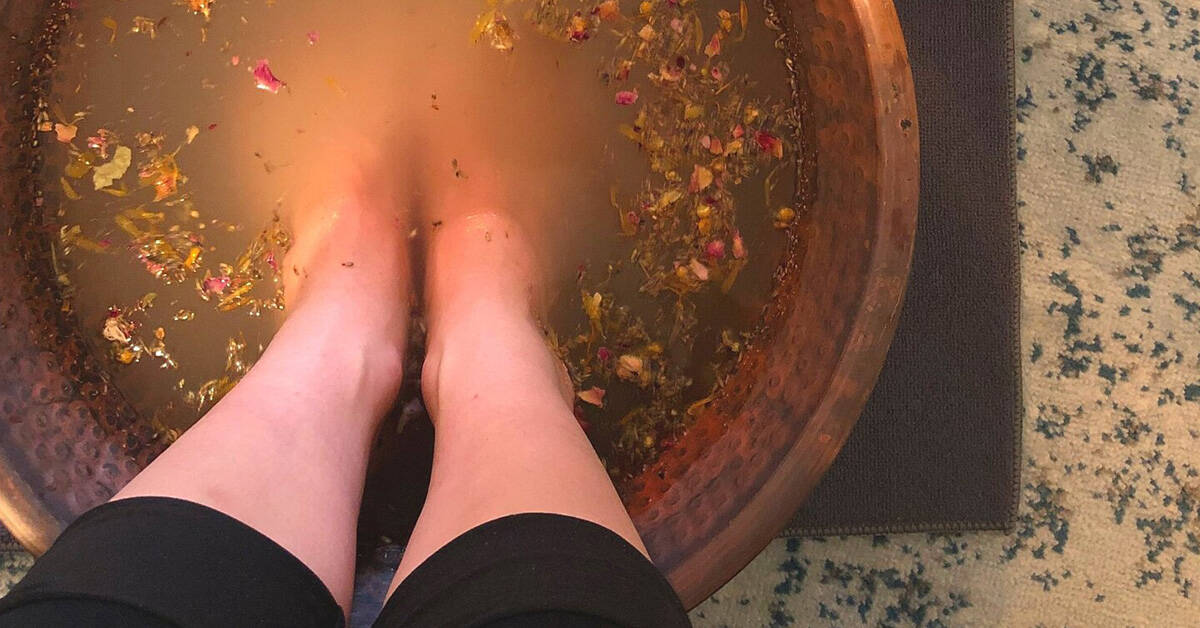
Some potential considerations when using garlic for athlete’s foot are:
- Garlic may cause allergic reactions in some people, such as rash, itching, swelling, or burning. If you experience any of these, stop using it and consult your doctor.
- Garlic may cause a strong odor on your feet and breath. You can try to mask it with some mint or lemon.
6. Coconut Oil Application
Coconut oil has notable antifungal properties due to its high content of medium-chain fatty acids, particularly lauric acid. It can kill the fungus and prevent it from spreading, also lessening the itching, burning, and inflammation related to athlete’s foot. Here are some guidelines for applying coconut oil:
Clean and dry your feet, and apply a thin layer of coconut oil to the affected area or your whole foot. Cover with a clean sock. Keep the coconut oil on for at least 2 hours, but you can also leave it on overnight, then rinse it off and dry your feet thoroughly.
You can also mix coconut oil with other antifungal ingredients, such as tea tree oil, garlic, or vinegar, to enhance its effectiveness. However, make sure to test the mixture on a small area of your skin first to check for any allergic reactions.
7. Hydrogen Peroxide Soak
Hydrogen peroxide can also help treat athlete’s foot. It produces oxygen-free radicals, which have antimicrobial effects against various types of fungi. Hydrogen peroxide can also help heal the cracks and blisters on your feet by removing dead skin cells and stimulating new tissue growth.
When applied to the affected area as a soak, hydrogen peroxide can help eliminate fungal spores and inhibit their growth. Mix one part of hydrogen peroxide with two parts of warm water and soak your feet in the solution for 10 to 20 minutes. Rinse with clean water and dry your feet well.
Some potential considerations of using hydrogen peroxide are:
- Hydrogen peroxide may cause some stinging or burning sensation, especially if you have open wounds or sensitive skin.
- Hydrogen peroxide may cause some skin irritation or dryness. You can apply a moisturizer to your feet after each soak to prevent this.
8. Oregano Oil Natural Solution
Oregano oil contains compounds such as carvacrol and thymol, which have been found to have strong antifungal properties. These compounds can help to inhibit the growth of fungi, including those responsible for causing athlete’s foot.
Mix one teaspoon of oregano oil with two teaspoons of carrier oil, such as olive oil or coconut oil. Use a dropper to apply the oil mixture to the affected areas of your feet and toes. Massage it gently into the skin. Put on a clean sock to keep the oil in place and prevent staining your clothes or shoes.
Some cautionary notes when using oregano oil are:
- Oregano oil is highly concentrated and can be irritating to the skin if applied undiluted.
- Some individuals may be sensitive to oregano oil or its components.
- If you have any underlying health conditions, are pregnant or breastfeeding, or are taking medications, it’s advisable to consult with a healthcare professional before using oregano oil for athlete’s foot.
9. Cornstarch for Moisture Control
Cornstarch is a fine powder that can absorb moisture and keep your feet dry. This can help prevent or treat athlete’s foot, as the fungus that causes it thrives in moist environments. You can simply sprinkle some cornstarch on your clean feet and toes, especially between the toes where the fungus tends to grow. Rub it gently into the skin, discard the excess cornstarch, and put on clean socks.
To enhance the effectiveness of cornstarch, you can also mix some cornstarch with vinegar to make a paste and apply it to the affected areas of your feet. Vinegar has antifungal and antibacterial properties that can help kill the fungus and prevent infection. Leave the paste on for 15 minutes, then rinse it off and dry your feet well.
10. Saltwater Soak (Sea Salt)
A saltwater soak is a simple and effective home remedy for athlete’s foot. Salt has antifungal and antibacterial properties that can help kill the fungus and prevent infection.
How to make Saltwater Soak for Athlete’s Foot:
- Dissolve 1/4 cup of sea salt or Epsom salt in 4 cups of warm water and stir well.
- Fill the basin or tub with the saltwater solution and soak your feet for 15 to 20 minutes.
- Dry your feet thoroughly with a clean towel, especially between the toes.
- Repeat this process once or twice a day until the infection clears.
Incorporating saltwater soaks into your foot care routine can help soothe tired feet and alleviate discomfort. The saline solution works to cleanse and disinfect the skin, reducing the risk of infections such as athlete’s foot.
11. Aloe Vera Gel
Aloe vera gel is a natural remedy for athlete’s foot that can help soothe and heal the irritated skin. Aloe vera gel has antifungal and antibacterial properties that can fight the fungus and prevent infection. It also has anti-inflammatory and moisturizing properties that can reduce redness, swelling, and dryness.
Here is how to apply Aloe Vera Gel for Athlete’s Foot:
- Wash your feet with mild soap and water and pat dry with a towel.
- Apply a generous amount of 100% pure aloe vera gel to a cotton ball or pad and dab it on the affected areas of your feet and toes.
- Let the gel dry on your skin and do not rinse it off.
- Repeat this process two to three times a day until the infection heals.
To enhance the effectiveness of aloe vera gel, you can also mix a few drops of tea tree oil or lavender oil with the gel for added antifungal and soothing benefits. Refrigerate the gel before applying it to your feet for a cooling sensation.
12. Essential Oil Blend
Essential oils are concentrated plant extracts that have various health benefits, including antifungal properties. By combining different essential oils, you can create a powerful blend that can treat athlete’s foot effectively. Some of the best essential oils for athlete’s foot are tea tree, lavender, lemon, oregano, and peppermint.
To prepare the essential oil blend, follow these steps:
- Choose a carrier oil, such as coconut oil, olive oil, or almond oil and fill the bottle or jar with it. The carrier oil will dilute the essential oils and prevent skin irritation.
- Add 10 to 15 drops of each essential oil to the carrier oil and shake well to mix. You can use any combination of essential oils, but a common blend is tea tree, lavender, lemon, and oregano.
To apply the essential oil blend, apply a few drops to clean, dry feet, wear socks overnight, and repeat nightly until the infection resolves. Do a patch test on a small area of your skin before applying the oil blend to your feet. If you experience any allergic reaction, stop using the oil blend and consult your doctor.
13. Activated Charcoal Poultice
Activated charcoal is a substance that can adsorb toxins and impurities from the body and the skin. A poultice is a paste made of herbs, plants, or other substances that can be applied to the skin to relieve inflammation. By making an activated charcoal poultice, you can treat athlete’s foot by drawing out the fungus and the infection.
To make an activated charcoal poultice for athlete’s foot, you will need:
- Activated charcoal powder
- A gelling agent, such as flaxseed, cornstarch, or chia seeds
- Hot water
- A cloth or a paper towel
- Plastic wrap
To prepare the activated charcoal poultice, mix one tablespoon of activated charcoal powder with one tablespoon of gelling agent in a mixing bowl. Add enough hot water to cover the mixture and stir well to form a thick paste. Let the paste sit for 10 to 20 minutes to thicken, or you can heat it up and let it cool down.
Spread the paste evenly over the cloth or paper towel, leaving some space around the edges. To apply the activated charcoal poultice, wash and dry your feet, then place it on affected areas. Secure with plastic wrap to secure it in place and prevent leakage. Repeat daily until the infection resolves.
14. Lavender Oil Foot Soak
Lavender oil is an essential oil that has soothing and relaxing properties. It can help treat athlete’s foot by reducing the itchiness, burning, and inflammation caused by the fungus.
To prepare the lavender oil foot soak, pour 1/4 cup of Epsom salt or sea salt into the tub. Add 10 to 15 drops of lavender essential oil and pour the warm water into the basin or tub. Soak your feet for 20 minutes.
To enhance the benefits of the lavender oil foot soak, you can massage your feet with a carrier oil, such as coconut oil or almond oil, mixed with a few drops of lavender oil after the soak. This will moisturize your skin and increase the absorption of the lavender oil.
Causes and Symptoms of Athlete’s Foot
Discover the typical signs of athlete’s foot, guiding you through its common symptoms.
Fungal Infection
A fungal infection is a condition where a fungus grows on or in a part of the body and causes symptoms. Fungi are microscopic organisms that can live in many environments, including the human body.
Fungi can affect the skin, nails, hair, and other organs. Fungal infections of the skin are also called dermatophytoses or tinea infections. Fungi can affect the skin of the feet, especially between the toes, where it is warm and moist. This condition is called athlete’s foot or tinea pedis, which causes itching, burning, scaling, cracking, and redness of the skin.
Types of Fungi
The most common fungi that cause athlete’s foot are Trichophyton, Epidermophyton, and Microsporum. These fungi belong to a group called dermatophytes, which means “skin plants”. Dermatophytes feed on keratin, a protein found in the outer layer of the skin, hair, and nails.
Different types of dermatophytes can cause different types of athlete’s foot. For example, Trichophyton rubrum can cause a chronic infection that affects the soles and sides of the feet, called moccasin-type infection. Trichophyton mentagrophytes can cause an acute infection that affects the spaces between the toes, called toe web infection. Epidermophyton floccosum can cause a vesicular infection that causes blisters on the feet.
Dermatophytes can damage the skin by breaking down the keratin and causing inflammation. They can also trigger an allergic reaction in some people, leading to more severe symptoms. Dermatophytes can also make the skin more vulnerable to bacterial infections, which can complicate the treatment.
Spread of Fungal Infections
Athlete’s foot is contagious and can spread from person to person through direct or indirect contact. Direct contact means touching the infected skin of another person. Indirect contact means touching objects or surfaces that have been contaminated by the fungus, such as shoes, socks, towels, floors, mats, or showers.
Athlete’s foot can also spread from one part of the body to another, especially if the person scratches or picks the infected skin. For example, the fungus can spread from the feet to the hands, causing tinea manuum.
The risk of getting or spreading the infection is higher in places where people sweat a lot or share hygiene facilities, such as locker rooms, gyms, swimming pools, or saunas.
Common Causes
Here are some common causes of athlete’s foot and how to avoid them:
1. Warm and Moist Environments
Fungi love warm and moist environments, as they provide the ideal conditions for them to grow and multiply. Therefore, people who sweat a lot, live in humid climates, or wear wet socks or shoes are more prone to getting fungal infections of the feet. Some common scenarios that can create such environments are:
- Exercising or playing sports
- Wearing closed shoes for long periods of time
- Walking barefoot in public places like locker rooms, showers, or pools
- Having a foot injury or a skin condition that causes cracks or blisters
2. Lack of Foot Hygiene
Another common cause of athlete’s foot is poor foot hygiene. Failing to wash the feet regularly or properly can allow dirt, sweat, and bacteria to accumulate on the skin, creating a favorable environment for fungi to thrive.
To maintain good foot hygiene, it is essential to wash the feet daily with soap and water, paying special attention to the areas between the toes. Some daily foot care tips are:
- Use a soft brush or a washcloth to gently scrub the feet
- Rinse the feet well and pat them dry with a clean towel
- Cut the toenails straight across and file the edges
- Use a cotton swab or a flosser to clean the spaces between the toes
- Apply a moisturizer to keep the skin soft and prevent cracking
3. Tight or Non-Breathable Footwear
Wearing tight or non-breathable footwear can also contribute to the development of athlete’s foot, as they can restrict the air circulation and trap the moisture and heat inside the shoes. This can create a perfect breeding ground for fungi, as well as cause friction and pressure on the skin, leading to irritation and injury.
To choose footwear that reduces the risk of infection, it is advisable to opt for shoes that are comfortable, well-fitted, and made of breathable materials, such as leather, canvas, or mesh.
4. Direct Contact with Infected Surfaces
Finally, direct contact with infected surfaces can also cause athlete’s foot, as the fungus can be transmitted from one person to another through skin-to-skin contact or contact with contaminated objects or surfaces. Some examples of surfaces that may harbor fungi are:
- Shoes, socks, or slippers of an infected person
- Towels, sheets, or clothing of an infected person
- Floors, mats, or carpets of public places where people walk barefoot
- Pedicure tools or nail clippers that are not sterilized
Recognizing Symptoms
Itching and Redness
One of the most common early symptoms of athlete’s foot is itching and redness of the skin, especially between the toes. This indicates that the fungus is irritating and inflaming the skin. If the itching and redness persist or worsen, it may be a sign of a fungal infection that needs treatment. You can try these dry and itchy feet home remedies to get relief.
Cracked or Peeling Skin
Another symptom of athlete’s foot is cracked or peeling skin, which results from the fungus breaking down the keratin and drying out the skin. This can cause the skin to lose its elasticity and become flaky or scaly.
To identify this symptom, you can examine your feet regularly and look for any areas where the skin is rough, cracked, or peeling. Learn more about cracked feet causes and remedies to treat this symptom effectively.
Burning Sensation
Some people with athlete’s foot may also experience a burning sensation in their feet, which can be very uncomfortable and painful. This can be caused by the fungus triggering an allergic reaction, causing inflammation, or damaging the nerves.
To differentiate this sensation from other foot-related issues, such as neuropathy or plantar fasciitis, you can check for other symptoms of athlete’s foot, such as itching, redness, or odor. Explore this article for some natural remedies for burning feet.
Unpleasant Odor
Another symptom of athlete’s foot is unpleasant odor. This can be caused by the fungus producing waste products that have a foul smell, or by the bacteria that infect the skin along with the fungus.
To recognize and address foot odor related to fungal infections, you can smell your feet and shoes regularly and look for any changes in the odor. You can also wash your feet and shoes frequently and try any natural way to get rid of smelly feet.
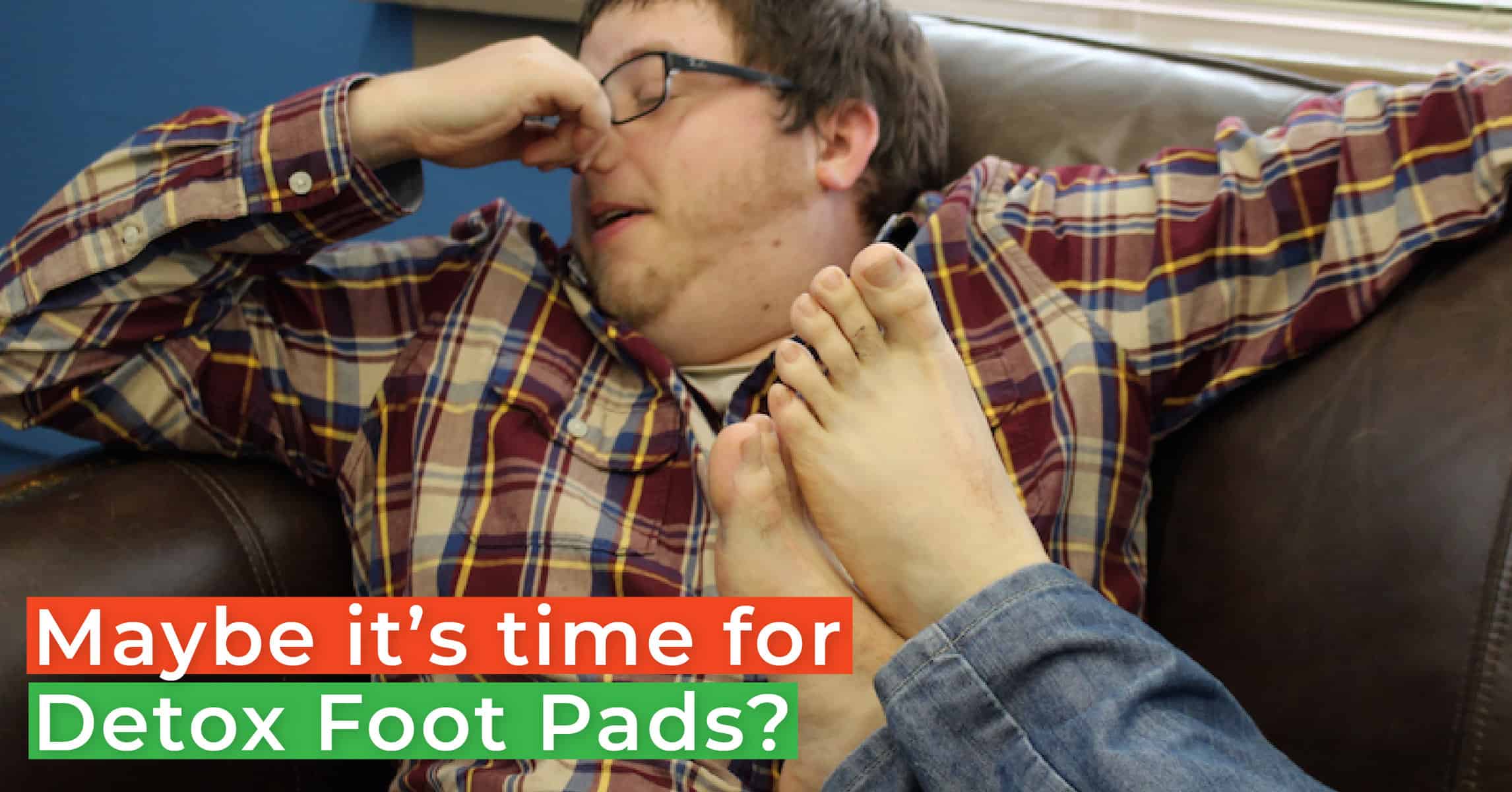
Changes in Nail Appearance
Another symptom of athlete’s foot is changes in nail appearance, which can affect the toenails of the infected foot. This can be caused by the fungus spreading from the skin to the nails, or by the nails being damaged by the infection. Some changes in nail appearance that may indicate a fungal infection are:
- Discoloration of the nail, such as yellow, brown, or white spots or streaks
- Thickening or brittleness of the nail, making it hard to cut or break easily
- Distortion or deformation of the nail, such as curling, splitting, or lifting from the nail bed
- Accumulation of debris or pus under the nail, causing pain or odor
Prevention Tips for Athlete’s Foot
Proper Foot Hygiene
One of the best ways to prevent athlete’s foot is to practice proper foot hygiene. Here are some tips on how to do that:
Daily Cleaning Routine
It is important to wash your feet every day with soap and water, as this can remove dirt, sweat, and bacteria that can cause fungal infections. You can incorporate foot hygiene into your regular grooming habits, such as:
- Washing your feet in the shower or bath, using a soft brush or a washcloth to gently scrub the skin
- Rinsing your feet well and patting them dry with a clean towel
- Cutting your toenails straight across and filing the edges
- Cleaning the spaces between your toes with a cotton swab or a flosser
Drying Techniques
Another key aspect of foot hygiene is to dry your feet thoroughly after washing them, as this can prevent moisture from accumulating and creating a favorable environment for fungi.
You can use a clean towel to dry your feet, making sure to dry the entire foot, including the top, bottom, and sides. It is important to dry each toe individually, especially the spaces between them. Use a separate towel for your feet, or wash the towel after each use.
Moisturization
Finally, it is important to moisturize your feet regularly, as this can prevent excessive dryness that can lead to cracking or peeling of the skin. You can use a suitable foot cream or lotion to moisturize your feet.
Choose a product that is designed for foot care, as it may have antifungal or antibacterial properties. Apply the product after drying your feet, especially on the heels and the balls of the feet. Massage the product gently into the skin, avoiding the spaces between the toes.
Choice of Footwear
Another way to prevent athlete’s foot is to choose the right footwear. Here are some tips on picking shoes that help prevent fungal infections.
Breathable Materials
Breathable footwear can help keep your feet cool and dry, as they allow air to circulate and moisture to evaporate. This can reduce the risk of fungal infections, as fungi prefer warm and moist environments. Opt for breathable materials such as leather which is natural and durable, or canvas and mesh which are lightweight and allow ventilation.
Wearing snug shoes and high heels can make your feet prone to inflammation. In addition to choosing breathable, cozy footwear, consider these tips to avoid pain from high heels.
Proper Shoe Size
Wearing shoes of the correct size can also prevent athlete’s foot, as they can prevent friction and pressure on the skin, which can cause irritation and injury. Shoes that are too tight or too loose can also affect the blood circulation and the nerve function of the feet, which can impair the immune system and the healing process.
Some other risks associated with tight or oversized footwear are blisters, corns, calluses, and ingrown toenails which can become infected and painful.
Alternating Shoe Usage
Rotating between different pairs of shoes can also prevent athlete’s foot, as it can allow the shoes to air out and dry completely before wearing them again. This can reduce the risk of fungal growth, as fungi can survive and multiply in damp and dark shoes.
Avoiding Contaminated Surfaces
Avoid contaminated surfaces is an important preventive measure to avoid athlete’s foot. Here are some tips on how to do that:
Public Spaces Awareness
Be cautious in public areas where you may be exposed to fungi, such as locker rooms, showers, pools, or gyms. Some tips for minimizing direct skin contact in these places are:
- Wear sandals or flip-flops when walking barefoot
- Use your own towel, mat, or robe
- Avoid sitting or lying on the floor or benches
- Rinse your feet with clean water after using the facilities
Personal Care Items
Do not share personal items that may be contaminated by fungi, such as shoes, socks, slippers, towels, sheets, clothing, or pedicure tools. Sharing these items can increase the risk of spreading or catching the infection.
Regular Cleaning Practices
Clean and disinfect your personal spaces and items regularly, such as your home, car, or office. This can minimize the likelihood of encountering contaminated surfaces or objects. Some recommendations for cleaning and disinfecting are:
- Use a bleach solution or an antifungal spray to sanitize the floors, carpets, or mats
- Wash your bedding, towels, and clothing in hot water and dry them completely
- Discard or replace any items that are worn out, stained, or smelly
- Store your shoes and socks in a dry and ventilated place

